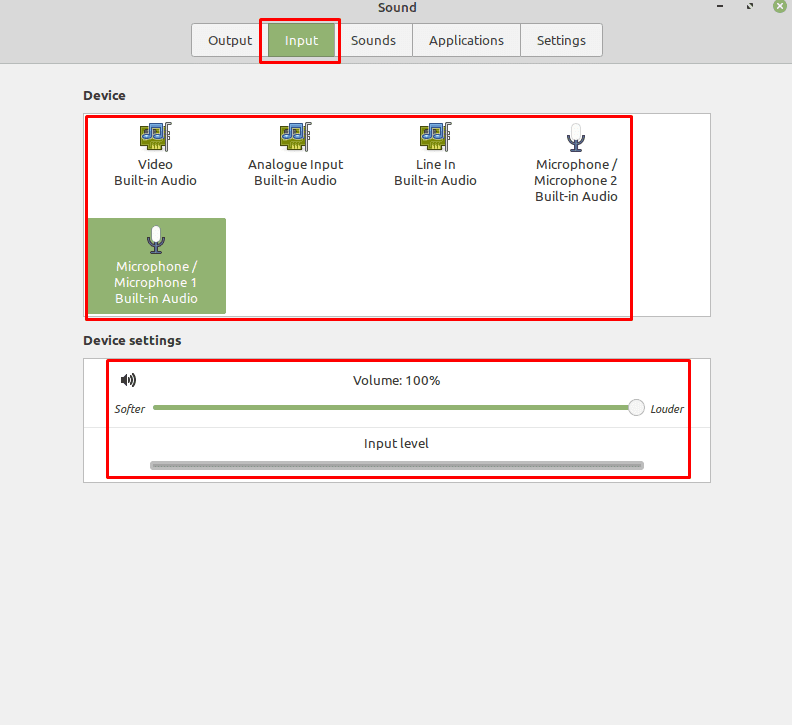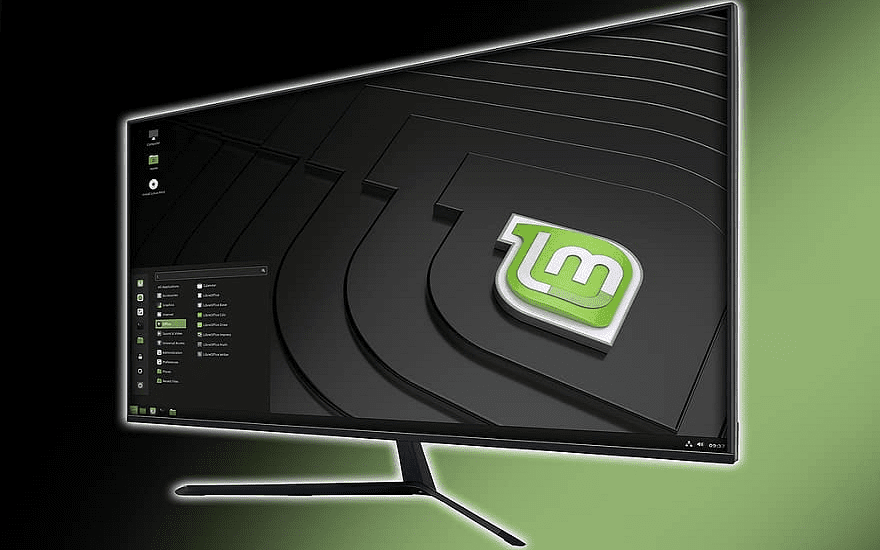Most computers have at least one form of audio output device. Laptops have built-in speakers, and most computers will be connected to some speakers or a headset. If you plug in a second audio output device though, you then have to instruct the computer as to which one you want to use.
The same goes for input devices, you may have a microphone built-in to a headset and another built-in to a webcam. While there are times for either of these options, you’ll only want to use one at a time.
To manage your audio devices in Linux Mint, press the Super key, then type “Sound” and hit enter.
Tip: The “Super” key is the name that many Linux distributions use to refer to the Windows key or the Apple “Command” key, while avoiding any risk of trademark issues.

To change your output device, simply click on an alternative in the device list at the top. “Output Profile” allows you to choose if you’re using a stereo output device or a 2.1, 4.0, 4.1, 5.0, or 5.1 surround sound setup. Depending on your output profile you will be able to configure the slider bars. “Volume” sets the overall volume level, “Balance” allows you to make the left or right side louder than the other, “Fade” is similar to the balance option but for front/back speakers, and “Subwoofer” allows you to adjust the volume of the subwoofer independently to allow you to manage the bass balance.

To change your audio input device, switch to the “Input” tab, then select a new device from the list. For input devices, you can only adjust the input volume, the “Input level” bar allows you to see a visual representation of the volume of the current output of your microphone.


not at all
hello, i just bought new pc (first day in use) cpu >7600, gpu > 7600, the problem is that i dont have sound, i know is total new graphic card oand wont be drivers for the momment, is there any other solution than to wait for new driver for 7600 ?
Thank u !
It seems there is no option to adjust the “tone” (i.e. treble or base). Is that right?
is there any terminal command to open this? while restart/starting the device I always have to change the output and input device for HDMI.